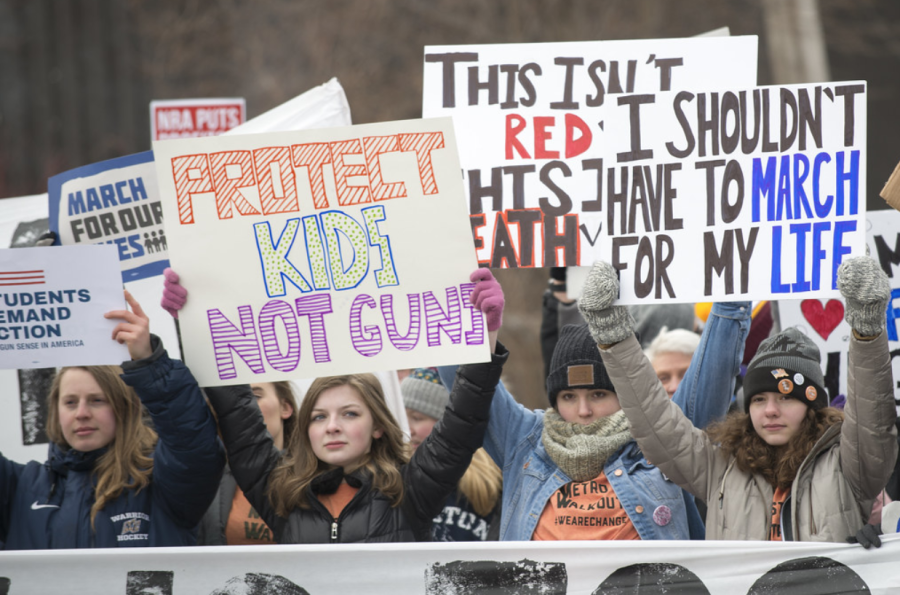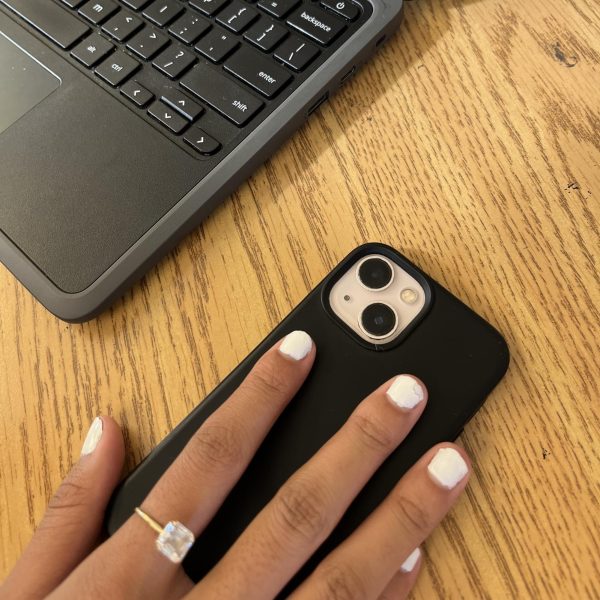The effects of school shootings on students in America
“You don’t know me, but you tried to kill me’” recites teacher Stacey Lippel, a survivor of the Parkland High School mass shooting. She speaks to the shooter, Nikolas Cruz, at his sentencing.
On November 1st 2022, survivors and relatives of the victims of the Parkland mass shooting were given the chance to speak directly to Cruz before his sentencing was decided. Cruz was recently sentenced to life in prison, but the families of the victims have yet to feel a sense of comfort. The verdict was unable to offer them peace of mind, because their loved ones are still gone, and the threat of school shootings still remains.
The threat of school shootings within the United States is still extremely prevalent to this day, even 4 years after the Parkland shooting, 10 years after the Sandy Hook elementary school shooting, and 23 years after the Columbine High School massacre.
As the amount of school shootings have only continued to increase year over year, the imbalance between how safe students should feel and how safe they do feel has risen. As the United States is continually presented with stories similar to the Parkland shooting, gun violence has become contextualized as a new normalcy for America.
It is important to consider the sense of safety and unity that schools are able to offer.
With the number of school shootings on the rise, conversation centered around how safe students truly feel at school has increased. Although the NYC iSchool is located in a city where school shootings do not appear to be as common, iSchool junior Arpita Sushil argues that she “feels like you can never 100% predict the actions of other students you go to school with.”
Even though many school shootings tend to be reported in rural areas, students attending school in both rural and urban areas alike consider the possible threat of school shootings, and consider them to have some sort of impact on their day-to-day school lives. This is evident when considering how “59% of students report feeling safe in schools.”
The threat students feel in regards to school shootings can occur for a number of reasons. One of those reasons, according to Arpita, is the lack of initiative schools take in order to ensure the safety of their students.
“I can’t think of many things that any of my schools have done to actively prevent the threat of a school shooter,” says Sushil. Some of the recent implementations iSchool has taken, “like the bag checks the staff did on Halloween were a good way of ensuring safety in school, but they aren’t frequent,” continues Arpita.
iSchool junior Talia Cole adds that “the metal detectors seemed to be a common form of safety protocol iSchool was using last year,” though she doesn’t “think they were actually that effective since they were used on the same day every week, so students could predict when [the metal detectors] were going to be at school, and plan accordingly.”
With metal detectors acting as one of the common implementations of security that schools often take, it is important to consider their effectiveness, and how safe they actually make students feel.
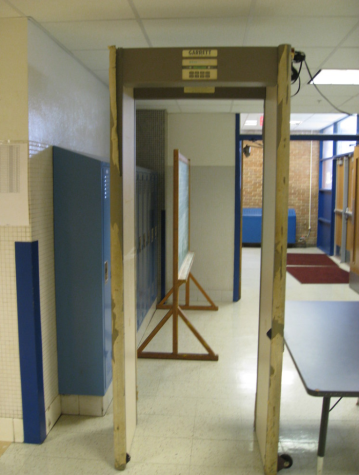
While “it makes [her] feel safe knowing that guns and knives can’t get through metal detectors,” Arpita notes, “metal detectors aren’t 100% effective. There are still metal items that pass through metal detectors all the time, and when you have metal in your bag, the security operating the detectors usually don’t go out of their way to make you show them that what you have isn’t harmful.”
There are also a number of items that can still be considered dangerous, even if they are not technically metals.
Sushil continues: “Anything can be a weapon. Anything can hurt someone. Someone could bring a brick into school, for example, that wouldn’t be able to be detected by the metal detectors, but is still a huge threat.”
Inadequate safety protection services leave many consequences for students if they fall victim to a school shooting. If one of the only security measures schools take prove to be ineffective, this leaves students and administrators alike in vulnerable positions mentally.
According to the Children’s Hospital of Philadelphia, students and staff that witness school shootings are “likely to suffer from traumatic stress symptoms, become anxious or depressed and have general concerns about their safety.” The remnants of school shootings reportedly also opens the door to “the development of chronic psychiatric disorders.”
With “more than 100,000 American children attending a school at which a shooting took place” between 2018 and 2019 alone, this evidently puts great numbers of children at risk.
Stanford additionally makes note of the consequences that can exist even years down the line for survivors of school shootings, reporting that “research indicates a higher rate of antidepressant use among those exposed to a school shooting in the years following the gun violence.”
Furthermore, the adjustment back into the classroom after shootings can be difficult for students and teachers alike, in terms of the academic and social scenes.
“When external violence invades schools,” reports the Children’s Hospital of Philadelphia, “the community loses the safe sanctuary for learning and camaraderie.” Students essentially lose trust within their educators and teachers to keep them safe, which adds another layer of division between the school’s community.
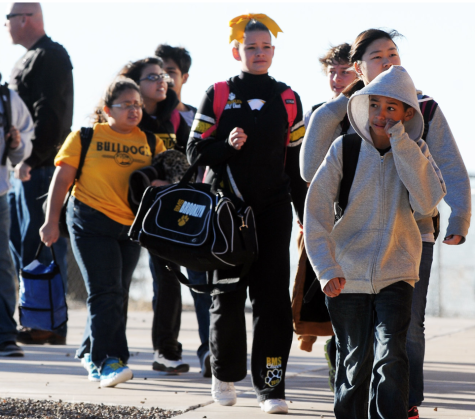
Not only is there a consequence in terms of the relationships between students and their teachers, but there is also a decline in the performance of students academically.
According to Psycom, mass shootings “certainly contribute to heightened social anxiety. In this state of heightened anxiety, it becomes much harder to focus on the facts of school and of creative, effective solutions.”
Talia notes that, even though she has not experienced what it is like to be in a school shooting, “there is always the thought in the back of [her] mind that someone will have a weapon, and [she’ll] be stuck in the bathroom, or be somewhere alone during the threat.”
As young students experience many school shooting threats, the number of students who are choosing not to pursue higher degrees of education or who have been influenced not to pursue a higher degree of education are being connected to the number of school shootings occurring across the country.
NYC iSchool junior Mareez Hasaballa highlights all of the conflict she may run into during her college years, and how this has an influence on how eager she is to attend college: “Sometimes I get worried about how open of campuses colleges usually are. If I were to go to school in a rural place that has a super open campus, I’d always feel nervous, because I’d constantly be afraid of the fact that anybody can enter the campus whenever they want. This would put me at risk 24/7.”
Sushil adds, “I’d hope that colleges are safer than public high schools because they have more security and funding to protect their students. From personal experience, I wouldn’t say that high schools are managed well in terms of security teams, and I’m not sure there can be that much of a jump made between high school and college, especially if I wind up at a public university.”
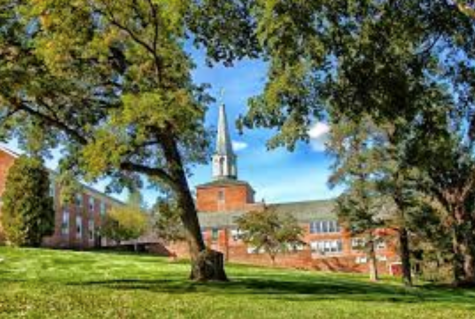
Evidently, the consequences of school shootings do not only affect students and administrators directly after they take place. They have the ability to alter the course of lives years down the road, impacting careers chosen and education pursued.
In order to prevent such wide-scale damage from occurring, wide-scale initiative must be taken in order to ensure that the number of school shootings decrease or dwindle in their entirety. It is assumed that it is up to our government to make such decisions in order to prevent damage to such an extent.
“I definitely think that we need stronger gun laws, but more so stronger evaluations of the people that are purchasing guns,” says Talia Cole. She believes that “identifying the people that are buying guns as a first step could be super helpful in terms of stopping the spread of guns in the hands of the wrong people.”
Mareez adds that it is “helpful how [Gen-Z] is becoming extremely politically aware, which is a good start to getting where we need to be to be able to confidently say that the number of school shootings will decrease.”
When we take a look, however, at what the American government has done so far to lock down gun safety and the restriction of guns being sold to the wrong people, that confidence begins to plummet.
With “53% of Americans in favor of stricter gun laws, it is hoped that adequate restriction laws will be implemented. With the belief that “the outcome of school shootings is closely related to the accessibility of guns by more than half the American population,” Americans are optimistic that substantial gun-related policies will be implemented.
Only then, can America hope to see its mass shooting cases decrease, and restore the faith in American school children, administrators and civilization as a whole.


